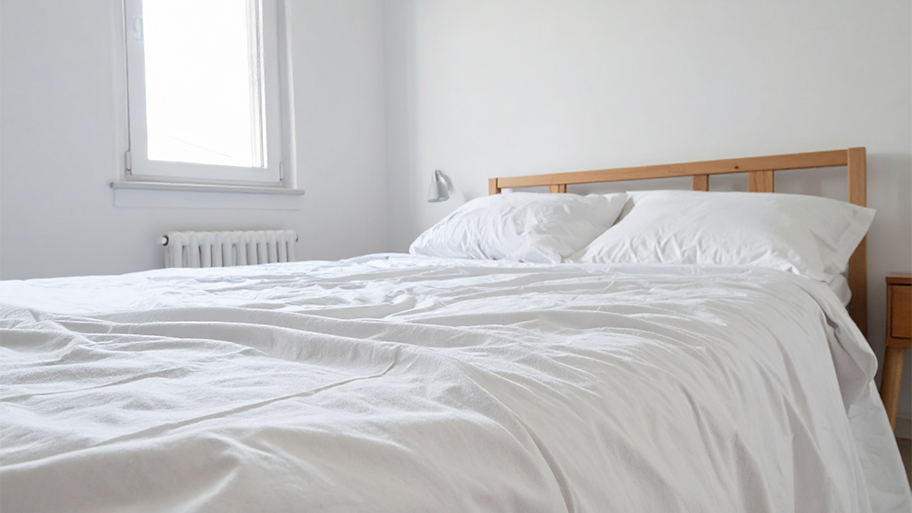
It’s important to know bed bug treatment costs if you have an infestation. Our guide covers different treatment methods and cost factors to eliminate these pests.
The typical cost to treat your home for termites is $75 to $1,750, depending on the extent of the infestation.


The average cost to treat your home for termites ranges from $75 to $1,750.
This cost depends on the size of your home, type of treatment, size of the infestation, and the number of treatments required to eradicate fully.
You should call a professional exterminator at the first sign of a termite infestation to prevent further damage to your home.
Don’t forget to budget for repairs caused by termite damage, such as replacing wood boards or drywall.
Termite treatment costs range between $75 and $1,750, with a national average cost for treatment of $620. Your final price will depend on the type of treatment, the size of the area treated, and the type and scope of the infestation.
It’s important to take a proactive approach—like calling the exterminator at first sight of a termite infestation. You’ll want to handle potential termite infestations before it expands into a serious problem that’s hard to rein in. Delays simply increase your cost and the amount of damage incurred.
The cost of treating your home for termites depends on several factors that impact the scope and extent of the chosen solution. These factors include the size of your home, the number of treatments needed, the type of treatment, and the level of infestation in your home. Below, we’ll cover the various termite treatment costs:
The number of treatments you need will also affect your total termite treatment cost. Largely, the number of treatments required depends on the severity of the infestation. As stated above, a one-time termite treatment will run between $200 and $1,000.
Instead, you can set up annual, monthly, or quarterly treatments with a termite control company near you. You can expect to pay between $200 and $400 annually, $650 to $900 monthly, and $200 to $600 quarterly.
| Number of Treatments | Average Cost |
|---|---|
| One-Time | $200–$1,000 |
| Annually | $200–$400 |
| Monthly | $650–$900 |
| Quarterly | $200–$600 |
Your total termite treatment cost will also depend on the infestation level. Getting rid of a small colony of termites will cost much less than tackling a mature colony, which could include thousands of termites. If you notice signs of a termite infestation, such as mud tunnels, holes in your wood, and bubbling or buckling floors or walls, your best bet is to call a professional pest control company immediately. Depending on the severity of your infestation, a pro can recommend the best types of termite treatment for your home.
| Level of Infestation | Cost Range |
|---|---|
| Small | $250–$1,200 |
| Medium | $400–$1,500 |
| Large | $1,200–$3,000 |
If your entire home needs to be tented and treated at once, it may cost $2,500 or more, or around $5 to $20 per linear foot. Larger homes cost more to treat, especially those with multiple floors, attics, and basements that need attention. Smaller applications can range from $200 to $1,000 for one-time treatments, depending on the location, the severity of the damage, and the number of termites in your home.
| Home Size in Square Feet | Average Cost |
|---|---|
| 1,000 | $3,000–$20,000 |
| 1,500 | $4,500–$30,000 |
| 2,000 | $6,000–$40,000 |
| 2,500 | $7,500–$50,000 |
| 3,000 | $9,000–$60,000 |
| 3,500 | $10,500–$70,000 |
| 4,000 | $12,000–$80,000 |
A professional exterminator can recommend the type of treatment most effective for squashing these determined little buggers. Some treatments are more effective on certain species, but the seriousness of your infestation will also play a role. Here are the different treatment types and associated costs:
| Treatment Type | Description | Cost |
|---|---|---|
| Chemical termiticide | A chemical pesticide agent that specifically targets termites | $3–$16 per linear square foot |
| Termite bait | Application of termite bait | $8–$12 per linear square foot |
| Termite tenting (fumigation) | A tenting and fumigation method | $5–$20 per linear square foot |
| Total Termite tenting (heat) | A tenting and high heat method | $10 per linear square foot |

One of the most common types of termite extermination involves chemical treatments, especially where the termite colony hasn’t directly infiltrated the structure of your home. This method allows for a more targeted application and less disruption to your home and family. The average cost of termite treatment using the chemical termiticide method ranges from $3 to $16 per linear foot.
Professional exterminators use a variety of chemical termiticides alone or in combination. They first drill small holes around your home’s exterior or into its foundation then pour the termiticide into the hole.
The use of termite bait systems costs between $8 to $12 per linear foot, plus additional bait if needed after the initial application. The bait method might require additional visits because the application process isn’t quite as targeted as the termiticide method. You’ll also usually need to pay for routine future visits to monitor the bait’s efficacy and keep your home protected.
For homes that require a more pervasive approach, pros may recommend tenting your home and treating it using either a gas fumigation or a heat-based method. Tenting starts with erecting a strong, sturdy tent around the entirety of the home, then either raising the heat inside the home to a treatable temperature—around 120 degrees Fahrenheit—or infusing the home with a termite-killing gas.
Because this is the most extensive termite treatment method, it is the most expensive. You may pay a flat rate of $1,200 to $2,500 or more, depending on the size of the house, or by linear foot, around $5 to $20 per linear foot.
The average cost for termite treatment varies widely from region to region and between rural and urban areas.
| City | Cost |
|---|---|
| Chicago | $152 |
| Boston | $504 |
| Seattle | $217 |
| Tucson | $603 |
| Atlanta | $479 |
| Lincoln, NE | $372 |
| Salt Lake City | $320 |
Aside from termite treatment costs, you’ll also need to factor in termite inspection costs, damage repair costs, and your location—with metropolitan areas typically charging higher rates than rural areas.
So, what is termite inspection? Termite inspection includes looking for swarmers (discarded termite wings), mud tubes, wood damage, droppings, visible termites, and noises. You can expect a pest control pro to search in all the usual damp places, such as your attic, basement, crawl space, anywhere with exposed wood, baseboards, and interior and exterior walls.
A one-time termite inspection cost is usually free if you pay for a treatment plan in return. Annual and biannual termite inspections typically come with a small fee—but pest control professionals typically waive this fee during treatment. You might also opt for an inspection bundle to ensure you take care of all your pest control problems at once. Your average pest control cost for a bundle will run between $200 and $600.
Even after the expense of eradicating your termite infestation, you may have to address the damage that the swarm did to your home and your property. Termite damage repair costs range from $600 to $3,000, depending on the type of repairs needed and the extent of damage. Severe termite damage, like replacing structural components like load-bearing beams and walls, can cost up to $6,000 to replace or fix.
Commonly required repairs from a termite infestation and their average costs include:
Replace few damaged wood boards or joints: $250–$1,000
Repair damaged drywall: $300–$900
Replace damaged walls, flooring, or framing: $1,000–$3,000
Moisture removal or repair water damage: $1,350–$6,200
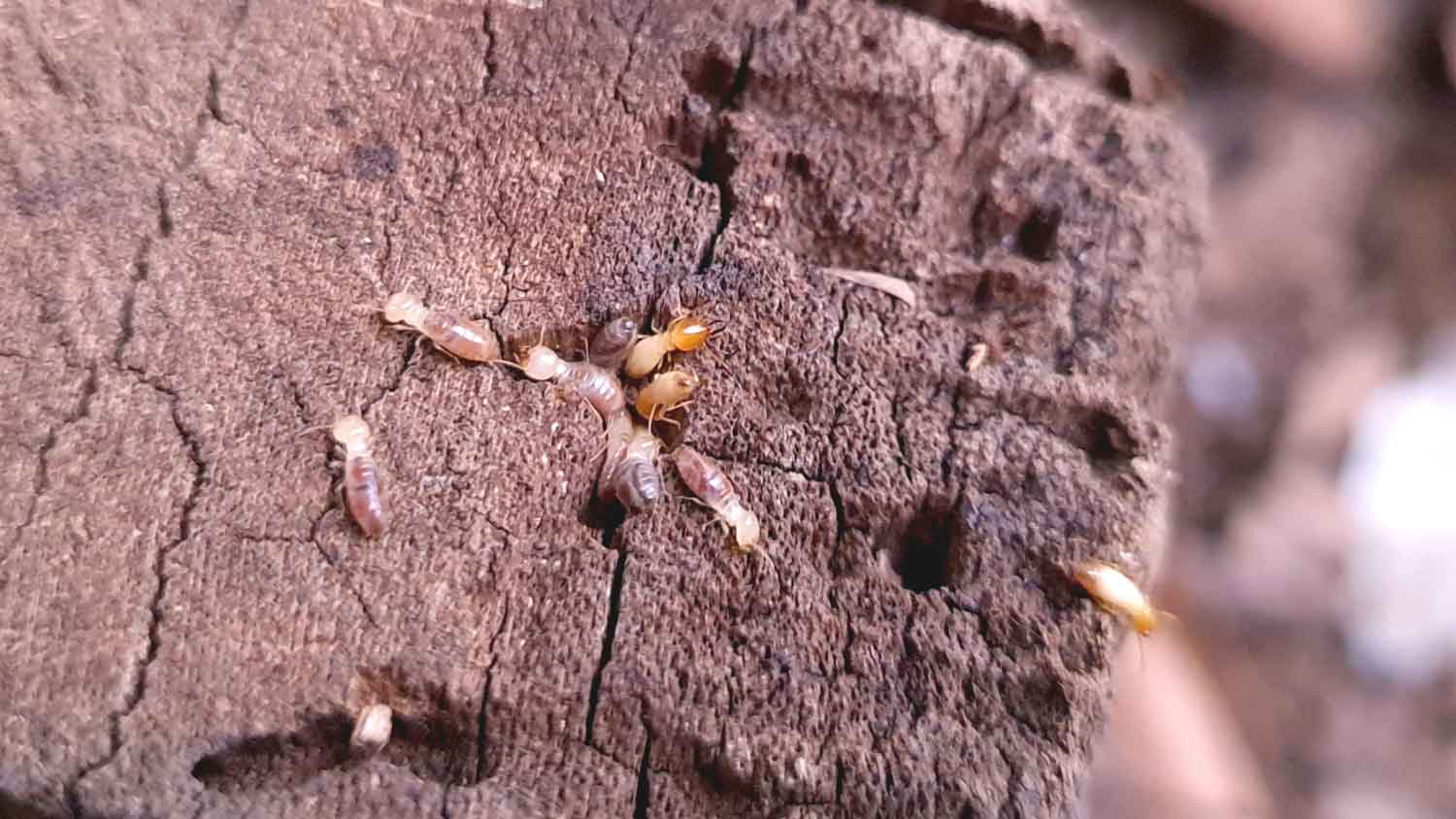
The cost of treating your home for termites may also depend on the type of termite infesting your property.
| Type of Termites | Cost to Remove | Description |
|---|---|---|
| Dampwood | $250–$2,500 | Requires treatment with borate and termiticide |
| Drywood | $225–$2,500 | Requires treatment with baits and chemical termiticides |
| Subterranean | $225–$900 | Requires treatment with baits and chemical termiticides |
| Formosan | $250–$1,500 | Requires treatment with baits and chemical termiticides |
Calculations are based on the average square footage of a bedroom, which is 132 square feet. We converted these dimensions to 46 linear feet. Calculations are based on applying a one-time chemical termite treatment to an area with limited damage and rounded to the nearest whole number.
| Type | Quantity | Cost Range |
|---|---|---|
| Chemical Termite Treatment | 46 linear feet | $138–$736 |
| Termite Inspection | 46 linear feet with treatment | Free |
| Optional: Fix Minor Termite Damage | Few damaged wood boards and joists | $250–$1,000 |
| Total | $138–$736 | |
| Total per Linear Foot | $3–$16 | |
| Total with Options | $388–$1,736 | |
| Total with Options per Linear Foot | $8–$38 |
If you want to know how to get rid of termites on your own, there are DIY methods that don’t include toxic insecticides, chemicals, or termiticides. Yet, before handling any kind of treatment, always wear protective goggles, gloves, and a dust mask. Here are the average costs associated with DIY termite treatments:
Termite bait: $25
Boric acid: $15
Beneficial nematodes: $35
Orange oil: $25
Rubber mulch: $30
If you have the proper attire and safety precautions, you can DIY the above treatments yourself. However, these methods will not eliminate large colonies of termites or those that have already damaged your home severely.
For most termite treatments, we recommend hiring a professional termite control specialist in your area. Pest control pros can safely handle chemical treatments, such as liquid termiticide, liquid nitrogen, and fumigation. You can expect to pay an average of $600, but you’ll also have peace of mind that your pets and young children will be safe due to properly applied toxic insecticides.
Although most termite treatments should be handled by a professional, there are ways you can save money while protecting your home. Here are a few ways to make termite treatment cost-effective:
Use DIY treatments for small, minor infestations.
Request that your pest control pro uses liquid termiticides—these typically cost less than other treatment methods.
Purchase a termite inspection plan for an exterminator to come and check your termite bait and traps. These run between $25 and $50 for a monthly or bi-annual plan.
Get multiple bids from at least 3 pest control companies in your area to ensure you’re getting the best value.
Termite elimination and protection is most effective when it takes place as soon as possible following the first signs of a termite infestation. Look for any of the following signs of termites:
Dead termites
Termite wings or eggs
Termite frass (droppings), which may resemble ground-up coffee
Signs of damage in the wood of furniture or your house itself (mud tubes)
Discolored drywall and peeling paint
Buckling floorboards or tiles
Crumbling or rooting wood
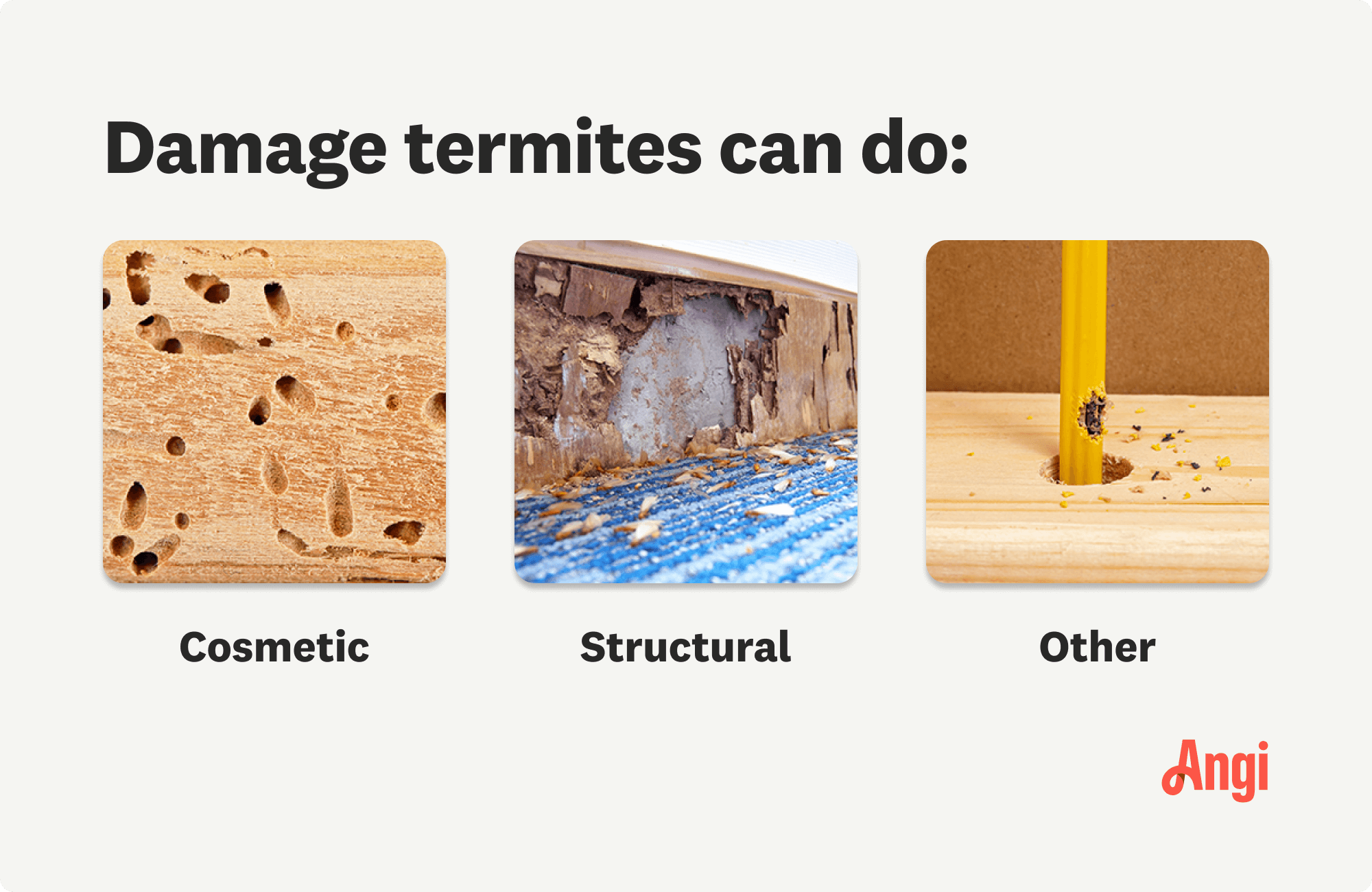
Termites can cause major damage to your home and the structures on your property, so it’s important to take the proper steps to prevent them. Here are the best tips to help prevent termites around your home:
Eliminate moisture sources around your home, such as leaks and standing water.
Don't store firewood directly against your house, as that can provide an easy entry point for termites.
Remove any dead trees or stumps near your home.
Seal any gaps around your home’s foundation, windows, and doors.
If you're building a new structure or doing renovations, use termite-resistant materials like treated wood, yellow cedar, redwood, and cypress.
Install screens on your doors and windows to help prevent termites from getting in.
Schedule regular termite inspections with a pest control professional to catch infestations early on.
Home is the most important place on earth, which is why Angi has helped more than 150 million homeowners transform their houses into homes they adore. To help homeowners with their next project, Angi provides readers with the most accurate cost data and upholds strict editorial standards. We’ve surveyed thousands of real Angi customers about their project costs to develop the pricing data you see, so you can make the best decisions for you and your home. We pair this data with research from reputable sources, including the U.S. Bureau of Labor Statistics, academic journals, market studies, and interviews with industry experts—all to ensure our prices reflect real-world projects.
Want to help us improve our cost data? Send us a recent project quote to [email protected]. Quotes and personal information will not be shared publicly.
Generally, a termite treatment for your home will last one to two years. Your termite exterminator may suggest you sign up for an ongoing treatment management agreement or plan during the initial treatment. However, it’s generally more prudent to wait a few months to make sure the initial treatment was effective at controlling termites in your home before committing to future treatments.
Drilling entails digging directly into the concrete foundation around your home and applying termiticide into the soil. Drilling is highly-effective, ensuring the extermination of subterranean colonies. Yet, while drilling is much safer than adding ground-level chemicals around your home—which could be dangerous for children and pets—other alternatives work well for termite treatment. Thus, drilling isn’t necessary for a thorough termite treatment plan.
The best termite treatment depends on your infestation, home, and budget. But, according to the Environmental Protection Agency (EPA), soil-applied barrier treatments, such as liquid termiticides, are among the most common termite treatments. The other common treatment type is termite baits. Termite baits are placed in the soil around your home every 10 feet and monitored regularly to ensure your home is safe from future termite contaminations. Work with a termite professional to determine the best treatment for your situation.
From average costs to expert advice, get all the answers you need to get your job done.

It’s important to know bed bug treatment costs if you have an infestation. Our guide covers different treatment methods and cost factors to eliminate these pests.

If you discover a wasp nest near your home, you’ll want to remove it ASAP. Learn wasp nest removal cost factors in this guide.

Sometimes birds nest in unwelcome places. Find out how much bird nest removal will cost based on factors like location, bird species, and preventative measures.

Emergency extermination services offer help during the worst times, but the added cost means you should choose them carefully.
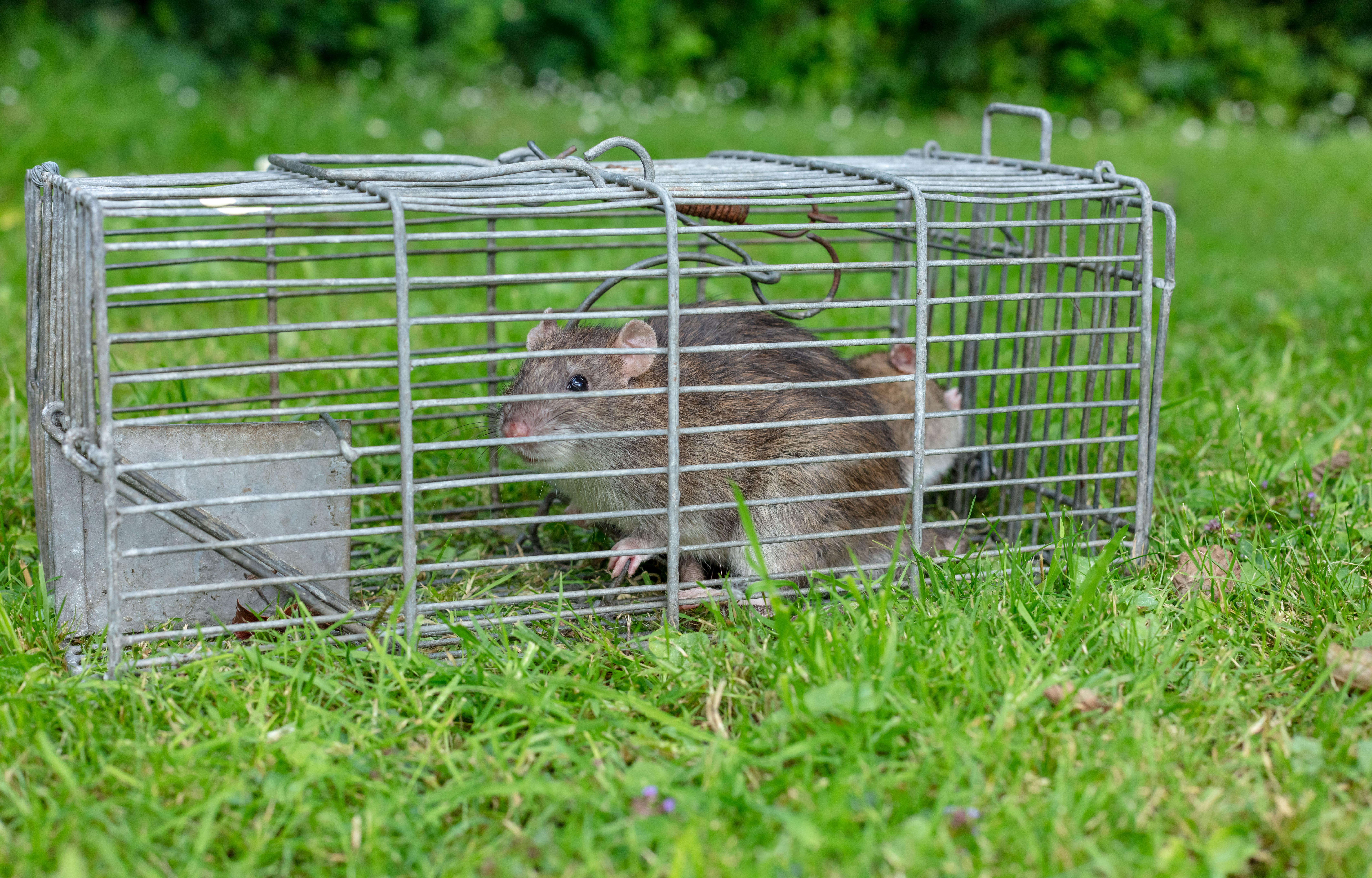
Noticing a growing number of rats calling your yard or garden home? Here are your best options to deal with them.
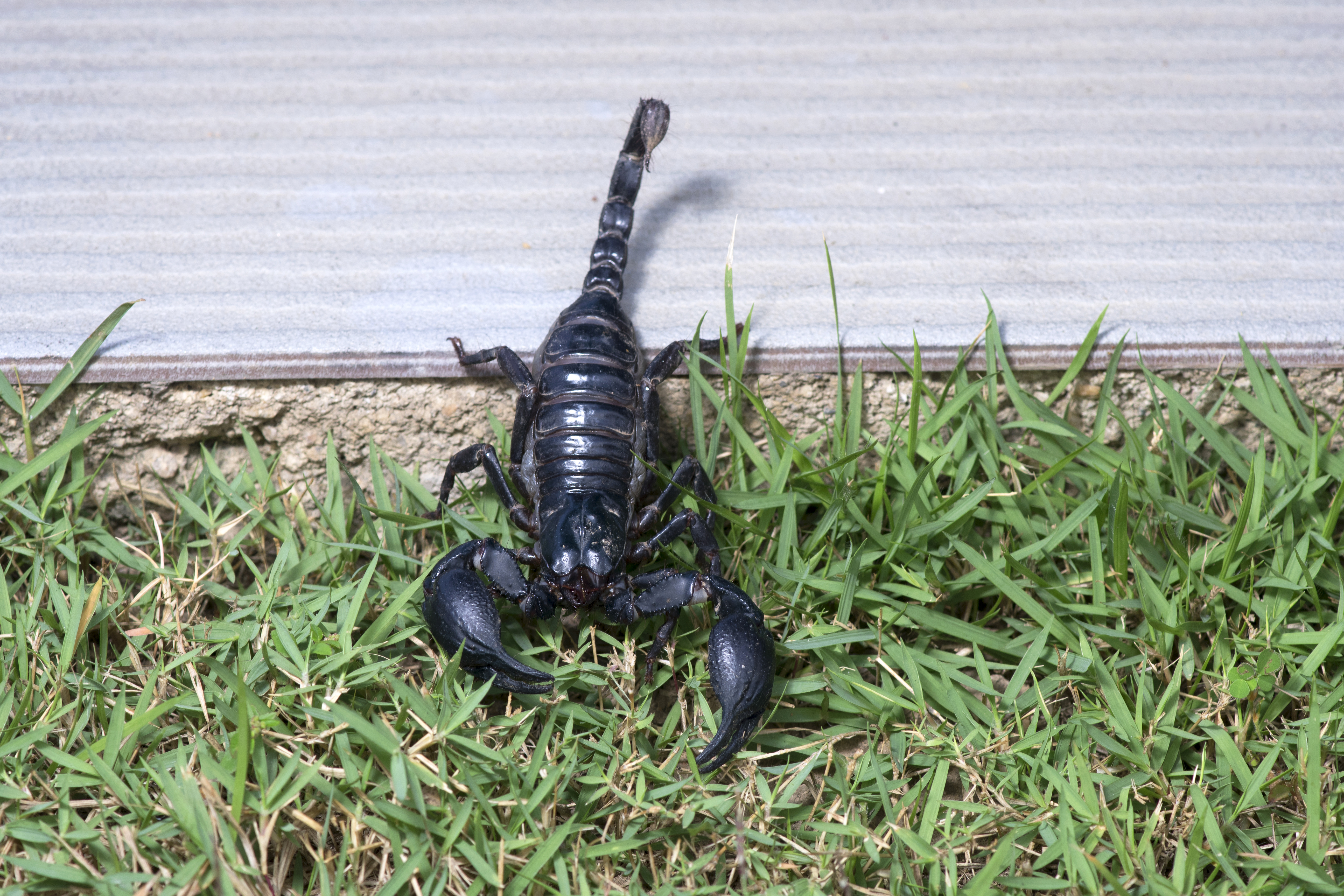
Scorpions are creepy pests that you definitely don’t want near your living space. Find out how to keep scorpions away from your house.